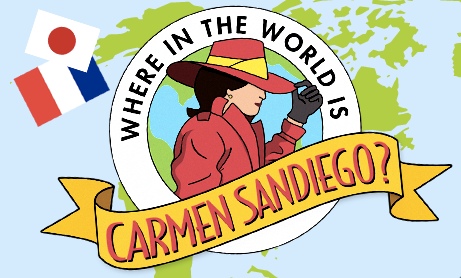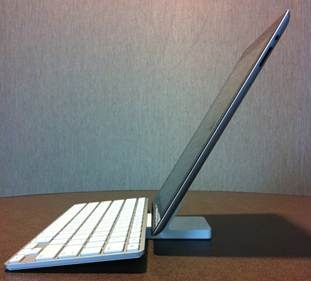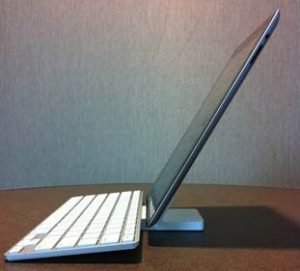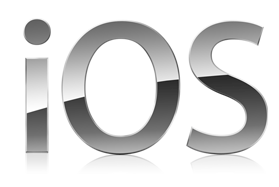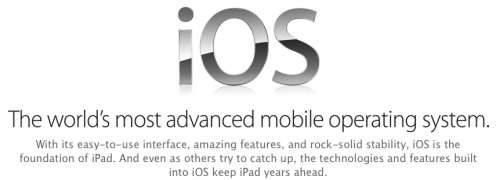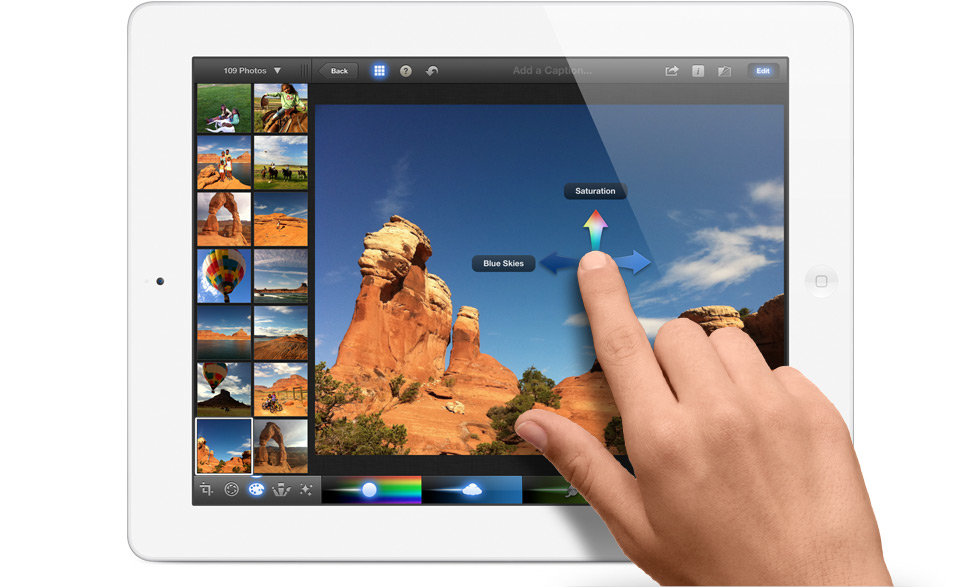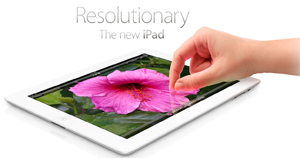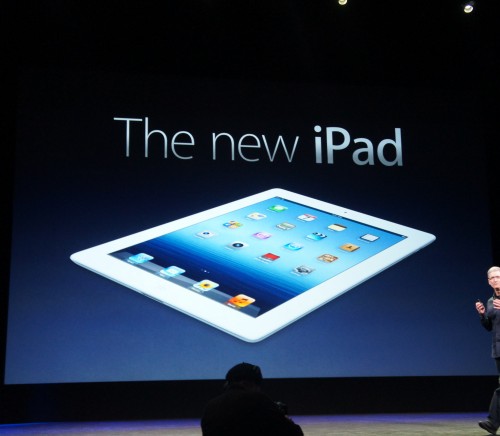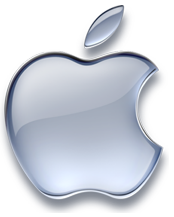When Steve Jobs introduced the iPad in January 2010, he wondered aloud whether there was room between the smartphone and the notebook for a third category of tablet device like the iPad.
Everybody uses a laptop and a smartphone. And a question has arisen lately: is there room for a third category of device in the middle? Something that’s between a laptop and a smartphone. And of course we’ve pondered this question for years as well. The bar’s pretty high. In order to really create a new category of devices, those devices are going to have to be far better at doing some key tasks. Better than a laptop. Better than a smartphone.
Hard though it may be to believe, Western Civilization once had to collectively ask itself a similar question regarding a then radical new form of technology…a fork.
Before the fork was introduced, Westerners were reliant on the spoon and knife as the only eating utensils. Thus, people would largely eat food with their hands, calling for a common spoon when required. Members of the aristocracy would sometimes be accustomed to manners considered more proper and hold two knives at meals and use them both to cut and transfer food to the mouth, using the spoon for soups and broth.-Wikipedia
A FORK IS A CATEGORY ALL ITS OWN

A spoon, a fork and a knife are three different categories of cutlery. A smartphone, a tablet and a notebook are three different categories of computer.
A fork is its own category because it is far better at doing some key tasks. Better than a spoon. Better than a knife.
A tablet is its own category because it is far better at doing some key tasks. Better than a smartphone. Better than a notebook.
A FORK DOES NOT REPLACE A KNIFE
When I eat, I have a choice between using a spoon, a fork and a knife. A fork does not replace a knife. But its presence means that I use a knife less often.
When I compute, I have a choice between using a smartphone, a tablet and a notebook. A tablet does not replace a notebook. But its presence means that I use a notebook less often.
A FORK DOES NOT COMPETE WITH A KNIFE
Sometimes a fork complements a knife. Sometimes a fork is used on its own. But always a fork is used when it is most useful.
Sometimes a tablet complements a notebook. Sometimes a tablet is used on its own. But always a tablet is used when it is most useful.
A FORK IS NOT DEFINED BY HOW IT IS LABELED BUT BY WHAT IT DOES BEST
When I eat, I use the utensil that best serves my needs.
I do not ask silly questions, like whether a spoon is a liquid consumption device and a fork is a solids consumption device. I do not ask whether a knife does “real” work just because it does not, ordinarily, convey food to my mouth. I do not obsess on the exceptionally rare times when I may use my spoon as a fork, my fork as a knife or my knife as a fork. Instead, I simply use the right tool at the right time.
When I compute, I use the device that best serves my needs.
I do not ask silly questions, like whether a tablet is a consumption device. I do not ask whether a phone or a tablet does “real” work. I do not obsess on the exceptionally rare times when I may use my phone as a tablet, my tablet as a notebook or my notebook as a tablet. Instead, I simply use the right tool at the right time.
A FORK DOES NOT ASPIRE TO BE A KNIFE
Each utensil should be employed to do what it does best.
A fork does not aspire to be a knife. A knife does not aspire to be a fork. And most especially, a fork and a knife do not aspire to be one and the same thing.
Each device should be employed to do what it does best.
A tablet should not aspire to be a notebook. A notebook should not aspire to be a tablet. And most especially, a tablet and a notebook should not aspire to be one and the same thing.
A SPORK, A SPIFE, A KNORK AND A SPORF


A spork is a hybrid form of cutlery taking the form of a spoon-like shallow scoop with three or four fork tines.
A spife is a tool where the blade of a knife is used as the handle of the spoon.



A knork is a hybrid form of cutlery which combines the cutting capability of a knife and the spearing capability of a fork into a single utensil.
A sporf is a single eating utensil combining the properties of a spoon, fork, and knife. One popular brand is the Splayd.
MANY USES, FEW USERS


What does a spork, a spife, a knork and a sporf have in common?
Few have ever heard of them. Even fewer have any use for them.
What does a Surface Tablet, a Windows 8 Tablet and a Windows 8 desktop have in common with a spork, a spife, a knork and a sporf?
Everything.
They compromise on everything and excel at nothing. They provide far more features but far fewer benefits. They do many things but they don’t do any things better or even as well.
They’re not category defining because they’re not far better at doing any key tasks than are the already existing categories.
ONE MORE THING
Who are those most interested in using combination cutlery like the spork, spife, knork and sporf?
Specialists, with special needs, like campers, backpackers, fast food restaurants, schools, prisons, the military, plus special tasks like cutting kiwi fruit (spife) and special circumstances like those with only one hand (knork).
Who are those most interested in using combination devices like the Surface running Windows 8?
Specialists, like reporters, road warriors, gadget freaks, technological gunslingers, plus those with specialized tasks and special needs. In other words, the kinds of people who regularly read and even comment on tech blogs like this one. But not ordinary folk.
Just as the spork, spife, knork and sporf are extremely useful to the extremely few, so will the Surface and Windows 8 on tablets be extremely useful. But if you dare dream that any of these will go mainstream and earn a regular place at the table…you can stick a fork in it.
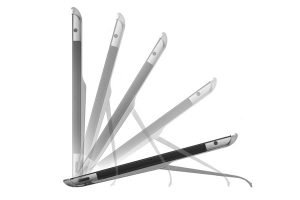 As much as I love my iPad, I have to admit it has a problem. Holding it gets tedious and is generally impractical while typing. And getting it to sit in a vertical position requires and external support of some kind.
As much as I love my iPad, I have to admit it has a problem. Holding it gets tedious and is generally impractical while typing. And getting it to sit in a vertical position requires and external support of some kind.










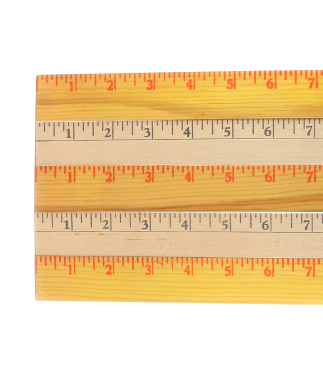
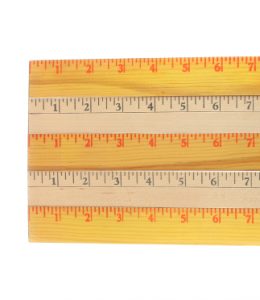
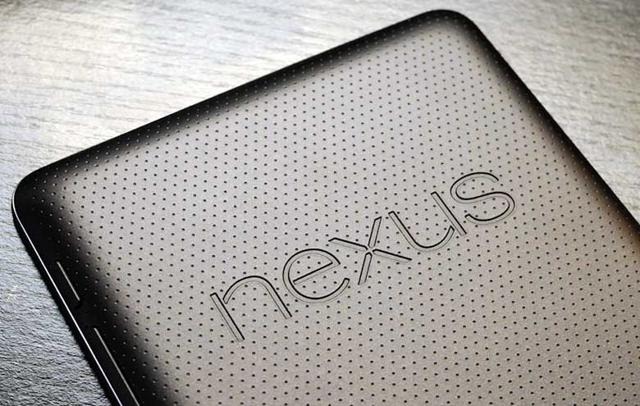
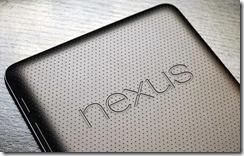
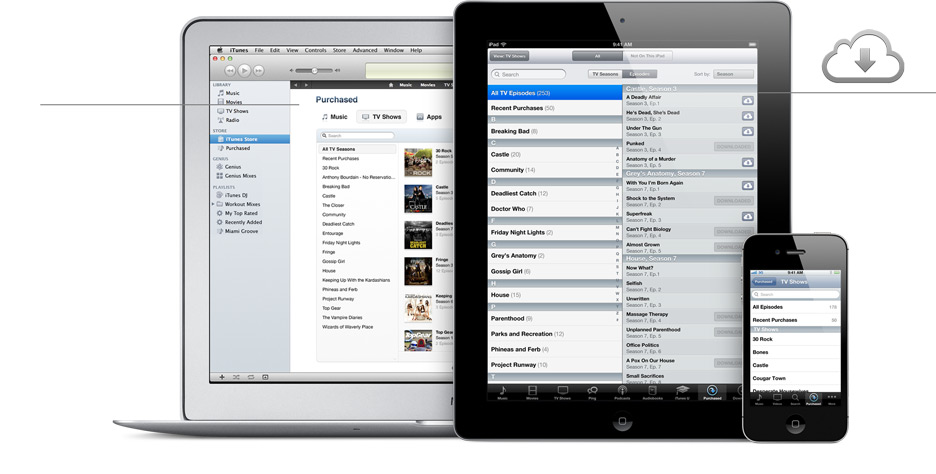
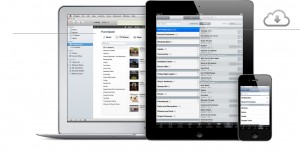
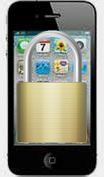


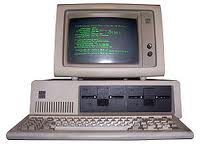

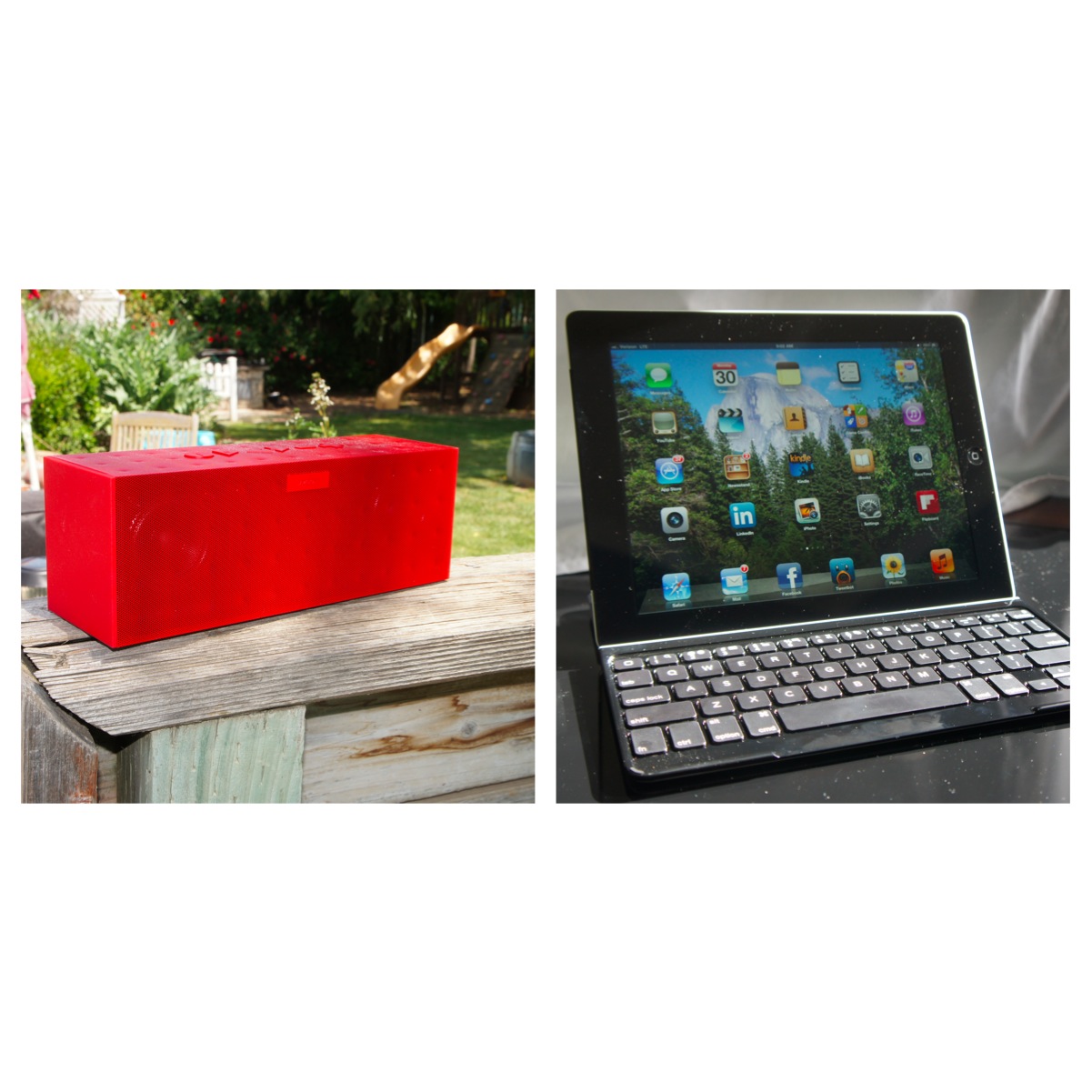





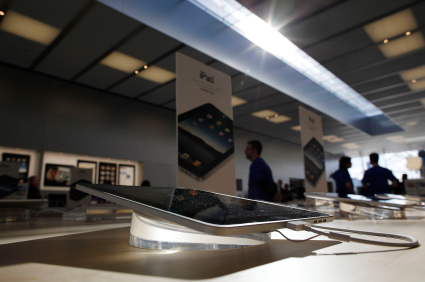
 I take
I take 